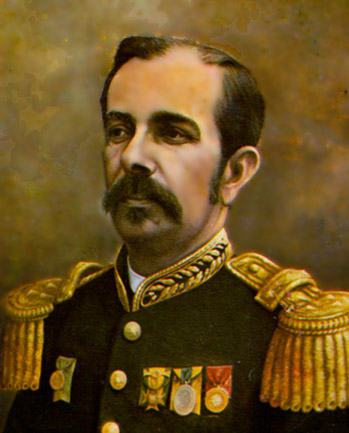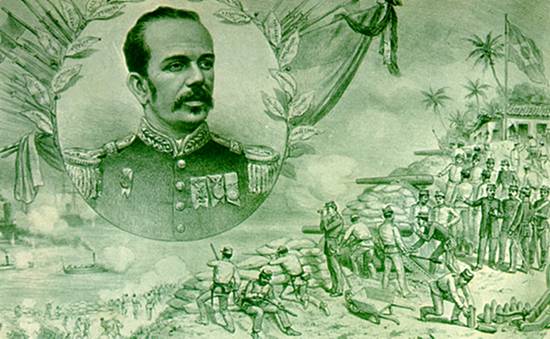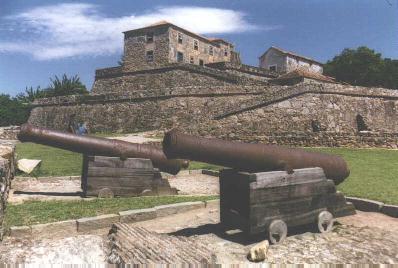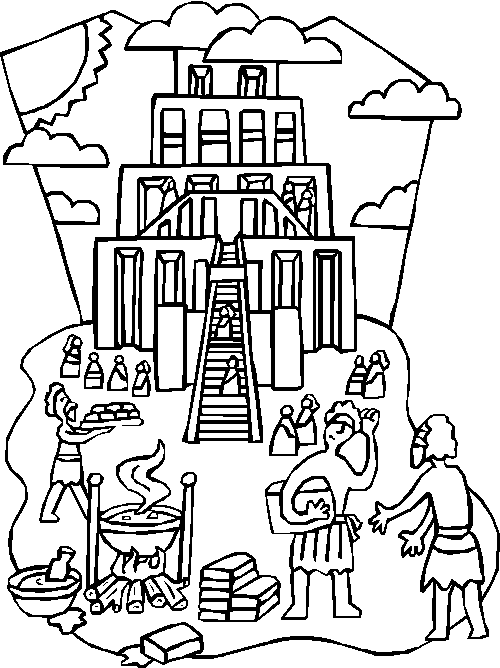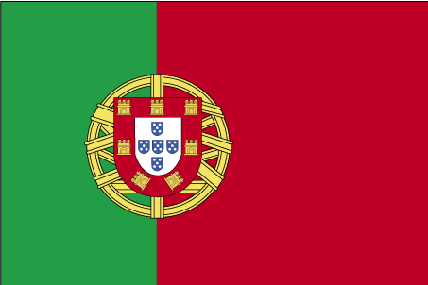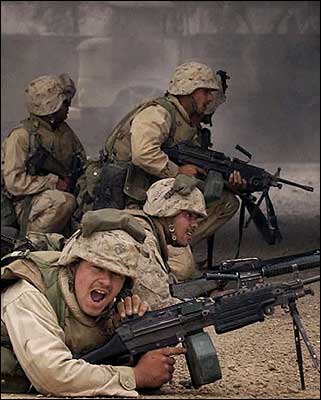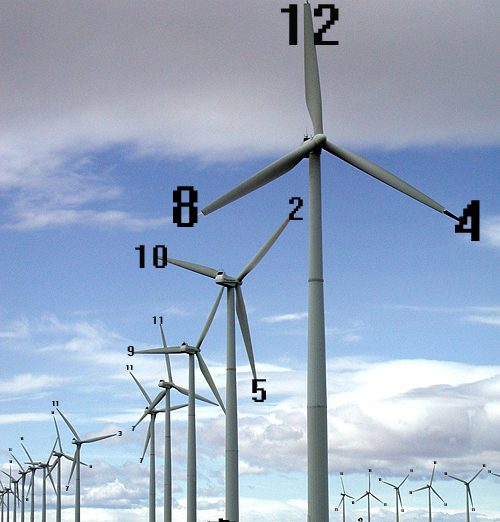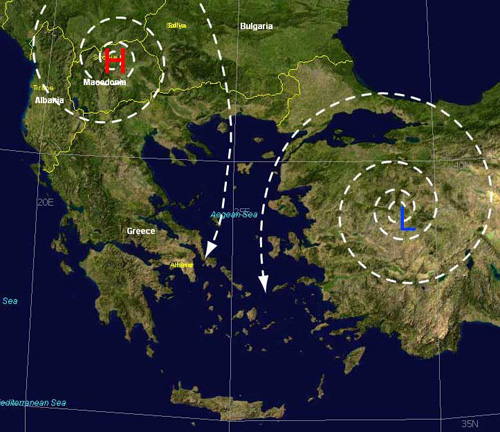
Abroholos A squall frequent from May through August between Cabo de Sao Tome and Cabo Frio on the coast of Brazil.
Auster Same as OSTRIA
Austru A east or southeast wind in Rumania. They are cold in winter and may be a local name for a foehn wind. (Glossary of Meteorology)
Bali wind A strong east wind at the eastern end of Java.
Barat A heavy northwest squall in Manado Bay on the north coast of the island of Celebes, prevalent from December to February.
Barber A strong wind carrying damp snow or sleet and spray that freezes upon contact with objects, especially the beard and hair.
Bayamo A violent wind blowing from the land on the south coast of Cuba, especially near the Bight of Bayamo.
Bentu de Soli An east wind on the coast of Sardinia.
Bora A cold, northerly wind blowing from the Hungarian basin into the Adriatic Sea. See also FALL WIND.
Borasco A thunderstorm or violent squall, especially in the Mediterranean.
Boreas A ancient Greek name for north winds. (also borras) The term may originally have meant “wind from the mountains” and thus the present term BORA. (Glossary of Meteorology)
Brickfielder: A wind from the desert in Southern Australia. Precedes the passage of a frontal zone of a low passing by. Has the same dusty character as the Harmattan. (Evert Wesker, Amsterdam, The Netherlands)
Brisa, Briza 1. A northeast wind which blows on the coast of South America or an east wind which blows on Puerto Rico during the trade wind season. 2. The northeast monsoon in the Philippines.
Brisote The northeast trade wind when it is blowing stronger than usual on Cuba.
Brubu A name for a squall in the East Indies.
Bull’s Eye Squall A squall forming in fair weather, characteristic of the ocean off the coast of South Africa. It is named for the peculiar appearance of the small isolated cloud marking the top of the invisible vortex of the storm.
Cape Doctor The strong southeast wind which blows on the South African coast. Also called the DOCTOR.
Caver, Kaver A gentle breeze in the Hebrides.
Chinook A type of foehn wind. Refers to the warm downslope wind in the Rocky Mountains that may occur after an intense cold spell when the temperature could rise by 20 to 40 degrees Fahrenheit in a matter of minutes. Also known as the Snow Eater. (Weather Channel Glossary)
Chubasco A violent squall with thunder and lightning, encountered during the rainy season along the west coast of Central America.
Churada A severe rain squall in the Mariana Islands during the northeast monsoon. They occur from November to April or May, especially from January through March.
Cierzo See MISTRAL.
Contrastes Winds a short distance apart blowing from opposite quadrants, frequent in the spring and fall in the western Mediterranean.
Cordonazo The “Lash of St. Francis.” Name applied locally to southerly hurricane winds along the west coast of Mexico. It is associated with tropical cyclones in the southeastern North Pacific Ocean. These storms may occur from May to November, but ordinarily affect the coastal areas most severely near or after the Feast of St. Francis, October 4.
Coromell A night land breeze prevailing from November to May at La Paz, near the southern extremity of the Gulf of California.
Cyclone A severe tropical storm (i.e., winds >64 knots) in the Indian Ocean and Bay of Bengal. See also Hurricane and Typhoon. The term is also applied to closed circulations in the mid latitudes and also popularly to small scale circulations such as tornadoes.
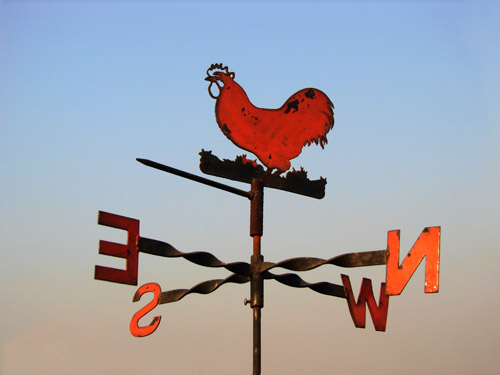
Diablo Northern California version of Santa Ana winds. These winds occur below canyons in the East Bay hills (Diablo range) and in extreme cases can exceed 60 mph. They develop due to high pressure over Nevada and lower pressure along the central California coast. (NWS San Francisco Glossary)
Doctor 1. A cooling sea breeze in the Tropics. 2. See HARMATTAN. 3. The strong SE wind which blows on the south African coast. Usually called CAPE DOCTOR.
Elephanta A strong southerly or southeasterly wind which blows on the Malabar coast of India during the months of September and October and marks the end of the southwest monsoon.
Etesian A refreshing northerly summer wind of the Mediterranean, especially over the Aegean Sea.
Euros The Greek name for the rainy, stormy southeast wind. (Glossary of Meteorology)
Foehn A warm dry wind on the lee side of a mountain range, whose temperature is increased as the wind descends down the slope. It is created when air flows downhill from a high elevation, raising the temperature by adiabatic compression. Examples include the Chinook wind and the Santa Ana wind. Classified as a katabatic wind. (Weather Channel Glossary)
Fremantle Doctor A cooling seabreeze in Western Australia,often made note of during hot summer-time cricket matches. (Ian Staples, Australia)
Gregale A strong northeast wind of the central Mediterranean.
Haboob A strong wind and sandstorm (or duststorm) in the northern and central Sudan, especially around Khartum, where the average number is about 24 per year. The name come from the Arabic word, “habb”, meaning wind. (Bill Mork, California State Climatologist)
Harmattan The dry, dusty trade wind blowing off the Sahara Desert across the Gulf of Guinea and the Cape Verde Islands. Sometimes called the DOCTOR, because of its supposed healthful properties.
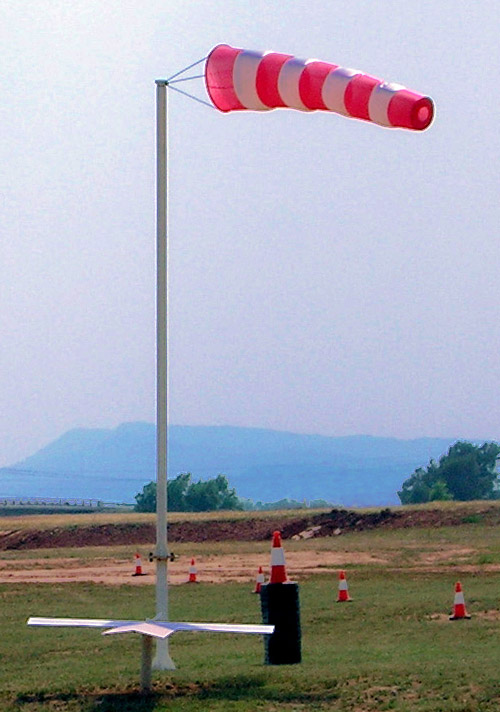
Hurricane A severe tropical storm (i.e., winds >64 knots) in the Atlantic, Caribbean, Gulf of Mexico and Eastern Pacific. The word is believed to originate from the Caribbean Indian storm god “Huracan”. See also Typhoon and Cyclone.
Knik Wind A strong southeast wind in the vicinity of Palmer, Alaska, most frequent in the winter.
Kona Storm A storm over the Hawaiian Islands, characterized by strong southerly or southwesterly winds and heavy rains.
Leste A hot, dry, easterly wind of the Madeira and Canary Islands.
Levanter A strong easterly wind of the Mediterranean, especially in the Strait of Gibraltar, attended by cloudy, foggy, and sometimes rainy weather especially in winter.
Levantera A persistent east wind of the Adriatic, usually accompanied by cloudy weather.
Levanto A hot southeasterly wind which blows over the Canary Islands.
Leveche A warm wind in Spain, either a foehn or a hot southerly wind in advance of a low pressure area moving from the Sahara Desert. Called a SIROCCO in other parts of the Mediterranean area.
Maestro A northwesterly wind with fine weather which blows, especially in summer, in the Adriatic. It is most frequent on the western shore. This wind is also found on the coasts of Corsica and Sardinia.
Maria A fictional wind popularized in “Paint Your Wagon” (Lerner and Lowe, 1951) and by the Kingston Trio (1959), whose name may have originated with the 1941 book “Storm” by George R. Stewart. (Jan Null, Golden Gate Weather Services)
Matanuska Wind A strong, gusty, northeast wind which occasionally occurs during the winter in the vicinity of Palmer, Alaska.
Mistral A cold, dry wind blowing from the north over the northwest coast of the Mediterranean Sea, particularly over the Gulf of Lions. Also called CIERZO. See also FALL WIND.
Nashi, N’aschi A northeast wind which occurs in winter on the Iranian coast of the Persian Gulf, especially near the entrance to the gulf, and also on the Makran coast. It is probably associated with an outflow from the central Asiatic anticyclone which extends over the high land of Iran. It is similar in character but less severe than the BORA.
Norte A strong cold northeasterly wind which blows in Mexico and on the shores of the Gulf of Mexico. It results from an outbreak of cold air from the north. It is the Mexican extension of a norther.
Nor’easter A northeast wind, particularly a strong wind or gale; an unusually strong storm preceded by northeast winds off the coast of New England. Also called Northeaster. (Glossary of Weather and Climate)
Nor’wester This is a very warm wind which can blow for days on end in the province of Canterbury New Zealand. The effect is especially felt in the city of Christchurch. The wind comes in from the Tasman Sea, drys as it rises over the Southern Alps, heats as it decends, crosses the Canterbury Plains, then blows through Christchurch.. (Kerry Fitzpatrick)
Norther A cold strong northerly wind in the Southern Plains of the United States, especially in Texas, which results in a drastic drop in air temperatures. Also called a Blue Norther. (Glossary of Weather and Climate)
Ostria A warm southerly wind on the Bulgarian coast; considered a precursor of bad weather. (Glossary of Meteorology)
Pali A local name for strong winds which blow through the Pali Pass above Honolulu, HI. (Michael Polansky, San Francisco)
Pampero A west or southwest wind in Southern Argentina. This wind (often violently) picks up during the passage of a cold
front of an active low passing by. (Evert Wesker, Amsterdam, The Netherlands)
Papagayo A violet northeasterly fall wind on the Pacific coast of Nicaragua and Guatemala. It consists of the cold air mass of a norte which has overridden the mountains of Central America. See also TEHUANTEPECER.
Santa Ana A strong, hot, dry wind blowing out into San Pedro Channel from the southern California desert through Santa Ana Pass.
Shamal A summer northwesterly wind blowing over Iraq and the Persian Gulf, often strong during the day, but decreasing at night.
Sharki A southeasterly wind which sometimes blows in the Persian Gulf.
Sirocco A warm wind of the Mediterranean area, either a foehn or a hot southerly wind in advance of a low pressure area moving from the Sahara or Arabian deserts. Called LEVECHE in Spain.
Squamish A strong and often violent wind occurring in many of the fjords of British Columbia. Squamishes occur in those fjords oriented in a northeast-southwest or east-west direction where cold polar air can be funneled westward. They are notable in Jervis, Toba, and Bute inlets and in Dean Channel and Portland Canal. Squamishes lose their strength when free of the confining fjords and are not noticeable 15 to 20 miles offshore.
Suestado A storm with southeast gales, caused by intense cyclonic activity off the coasts of Argentina and Uruguay, which affects the southern part of the coast of Brazil in the winter.
Sumatra A squall with violent thunder, lightning, and rain, which blows at night in the Malacca Straits, especially during the southwest monsoon. It is intensified by strong mountain breezes.
Sundowner Warm downslope winds that periodically occur along a short segment of the Southern California coast in the vicinity of Santa Barbara. The name refers to their typical onset (on the populated coastal plain) in the late afternoon or early evening, though they can occur at any time of the day. In extreme cases, wind speeds can be of gale force or higher, and temperatures over the coastal plain and even at the coast itself can rise significantly above 37.8 degrees C (100 degrees F). (Warren Blier, SOO, NWS San Francisco)
Taku Wind A strong, gusty, east-northeast wind, occurring in the vicinity of Juneau, Alaska, between October and March. At the mouth of the Taku River, after which it is named, it sometimes attains hurricane force.
Tehuantepecer A violent squally wind from north or north-northeast in the Gulf of Tehuantepec (south of southern Mexico) in winter. It originates in the Gulf of Mexico as a norther which crosses the isthmus and blows through the gap between the Mexican and Guatamalan mountains. It may be felt up to 100 miles out to sea. See also PAPAGAYO.
Tramontana A northeasterly or northerly winter wind off the west coast of Italy. It is a fresh wind of the fine weather mistral type.
Typhoon A severe tropical storm (i.e., winds >64 knots) in the Western Pacific. The word is believed to originate from the Chinese word “ty-fung”. See also Hurricane and Cyclone.
Vardar A cold fall wind blowing from the northwest down the Vardar valley in Greece to the Gulf of Salonica. It occurs when atmospheric pressure over eastern Europe is higher than over the Aegean Sea, as is often the case in winter. Also called VARDARAC.
Warm Braw A foehn wind in the Schouten Islands north of New Guinea.
White Squall A sudden, strong gust of wind coming up without warning, noted by whitecaps or white, broken water; usually seen in whirlwind form in clear weather in the tropics.
Williwaw A sudden blast of wind descending from a mountainous coast to the sea, in the Strait of Magellan or the Aleutian Islands.
Willy-willy A tropical cyclone (with winds 33 knots or greater) in Australia, especially in the southwest. (Glossary of Weather and Climate) More recent common usage is for dust-devils.
Zephyros The ancient Greek name for the west wind, which generally light and beneficial. It has evolved into “zephyr” which denotes a soft gentle breeze. (Glossary of Meteorology)
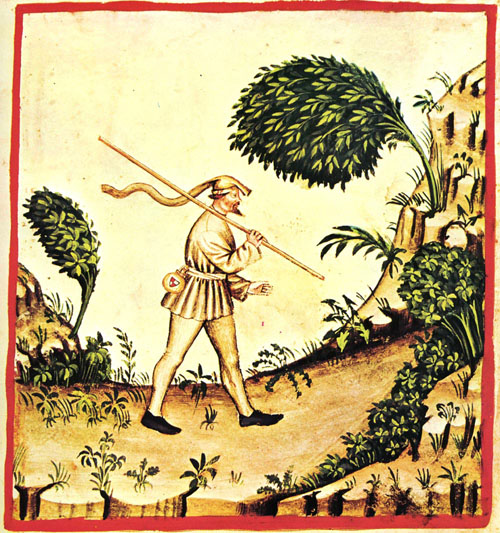
Wind, as illustrated in the medieval handbook Tacuinum Sanitatis (14th century)
